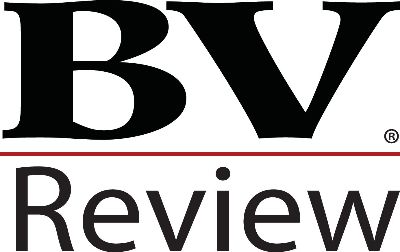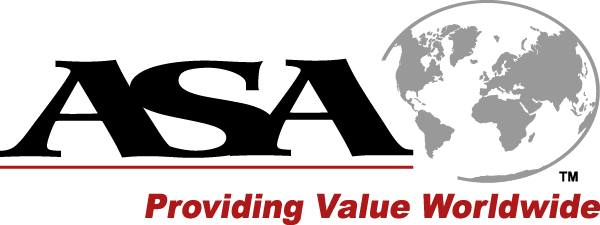Part I: Appraiser Versus Real World Debates: How Many Appraisers Can Dance on the Head of the Private Capital Markets?
The largest unchartered territory on the business appraisal map is the private capital markets. These markets contain more than 99% of business entities comprising millions of companies and generate half of the gross domestic product of the United States and the world. Not only are the companies operating in these markets difficult to value, but there is no, one, unified agreed upon method of how to approach cost of capital determinations for valuation engagements. The intention of this series of papers is to take a look at how we approach cost of capital to value private companies. This first article will take a look at the practices and methods appraisers use as well as some of the problems with those methods. Article two will delve more deeply into understanding the differences in the private capital markets, clearly define the relevant financing and capital markets for privately held companies, and examine the private capital markets, including trends, current practices, and activities before concluding with a view toward relevancy.

Appraiser Survey Question—How Important Is the Income Approach to Valuating Private Companies?

Appraiser Survey Question—In Your Opinion, What Percentage of Small Businesses Qualify for Some Type of Institutional Debt?

Appraiser Survey Question—When Performing Your Business Valuation Engagements, How Much Consideration Do You Give to the Subject's Ability (Likelihood) to Access Institutional Debt?

Appraiser Survey Question—Which of the Following Do You Use Most Often (or With Greatest Weight) to Guide Your Cost of Debt Estimates?

Business Owner Survey Question: Percentage of Business Loans With Personal Guarantee.

Appraiser Survey Question—In Your Opinion, What Percentage of Small Businesses Qualify for Some Type of Institutional Equity Capital?

Appraiser Survey Question—In Your Opinion, What Percentage of Small Businesses Could Succeed in Going Public (Be Publicly Traded) if That Was Their Goal?

Appraiser Survey Question—When Performing Your Business Valuation Engagements, How Much Consideration Do You Give to the Subject's Ability (Likelihood) to Access Institutional Equity?

Appraiser Survey Question—Which of the Following Do You Use Most Often (or With Greatest Weight) to Guide Your Cost of Equity Estimates?

Appraiser Survey Question—In Your Opinion, What is an Average Cost of Equity for a Typical Small Business?

Appraiser Survey Question—Which of the Following Do You Use Most Often (or With Greatest Weight) to Guide Your Capital Structure Assumptions (for a Controlling Interest Valuation)?

Appraiser Survey Question—Please Rate Your Level of Knowledge of the Following Items as They Relate to Potential Financing Sources for Your Business Clients.

Business Owner Survey: Is It Difficult or Easy to Raise New External Financing?

Business Owner Survey—Is Your Business Planning to Raise New Financing and Capital in the Next Six Months?

Business Owner Survey—What Is Your Level of Confidence for a Successful Financing Event?

Business Owner Survey—If You Aren't Successful Raising Financing or Capital, What Are the Impacts to Your Business?

Appraiser Survey—What Is the One Valuation Topic You Wished You Knew More About?

Appraiser Survey—As a Percentage of All Inputs Used to Determine Cost of Capital Estimates for Privately Held Businesses, How Much Weight Do You Currently (Expect to) Allocate to Data Originating From Private Capital Markets/Sources?
Contributor Notes
John K. Paglia is Associate Dean and Associate Professor of Finance at the Graziadio School of Business and Management, Pepperdine University, Malibu, California.

